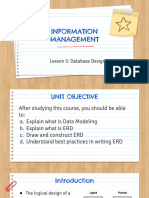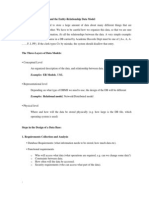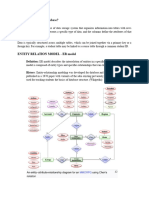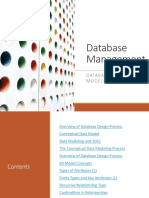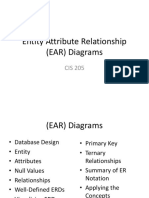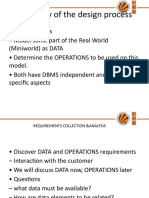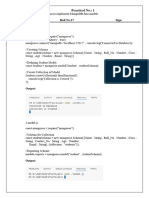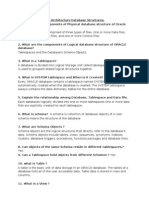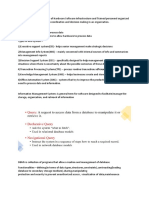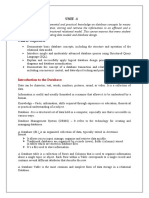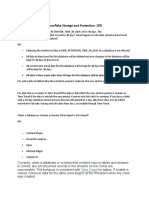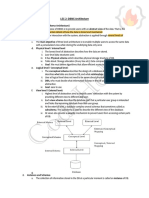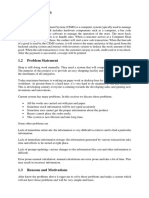0% found this document useful (0 votes)
43 views32 pagesTopic 2. Data Models
The document discusses the relational data model, which is crucial for commercial data processing, highlighting its simplicity and the rise of Relational Database Management Systems (RDBMS) since E.F. Codd's proposal in 1970. It outlines the objectives of the relational model, the structure of database schemas, and the components of the Entity-Relationship (ER) model used in database design. Additionally, it explains various types of entities, attributes, and cardinality in the context of ER diagrams.
Uploaded by
2301106197Copyright
© © All Rights Reserved
We take content rights seriously. If you suspect this is your content, claim it here.
Available Formats
Download as PDF, TXT or read online on Scribd
0% found this document useful (0 votes)
43 views32 pagesTopic 2. Data Models
The document discusses the relational data model, which is crucial for commercial data processing, highlighting its simplicity and the rise of Relational Database Management Systems (RDBMS) since E.F. Codd's proposal in 1970. It outlines the objectives of the relational model, the structure of database schemas, and the components of the Entity-Relationship (ER) model used in database design. Additionally, it explains various types of entities, attributes, and cardinality in the context of ER diagrams.
Uploaded by
2301106197Copyright
© © All Rights Reserved
We take content rights seriously. If you suspect this is your content, claim it here.
Available Formats
Download as PDF, TXT or read online on Scribd
/ 32





